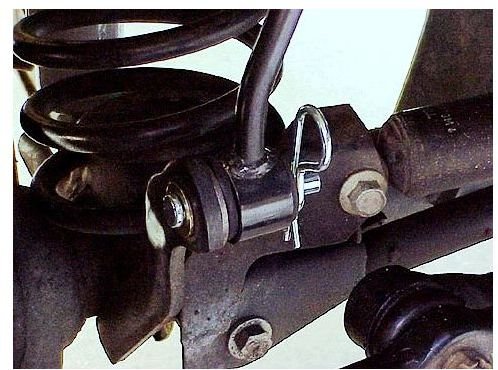What are Fasteners? Screw, Nut, Rivet, Peg, Pin Joint, Cotter Joint, Snap RIng, Washer
What is a Fastener?
In mechanics, the need to join pieces like plates, sections, and bars is very common. Any assembly, however simple it may be, requires the union of parts together, but the mechanical parts to be joined require the proper elements of marriage that are named fasteners.
Most commonly, the fasteners used in mechanics are: rivets, pins, bolts, screws, nuts, washers, and braces.
Mobile and permanent fasteners
The union of parts made by the fasteners can be of two types: mobile or permanent.
In the mobile type of union, the fasteners can be placed or removed from the set without causing any damage to parts that were attached. This is the case, for example, unions made with bolts, nuts and washers.
The type of permanent union, the fasteners, when installed, can not be removed without becoming unusable. This is the case, for example, for unions made with rivets and welds.
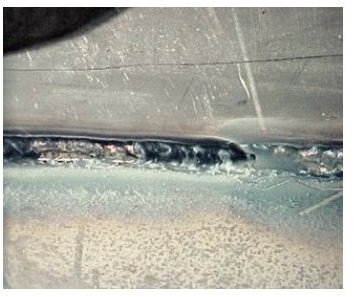
Both mobile and permanent bonding should be used with great skill and care because they are usually the weakest components of the machine. Thus, to design a mechanical assembly, it is necessary to choose the fixture for the type of parts that will be attached or fixed. If, for example, if you join robust parts with weak and poorly planned fasteners, the assembly will present failures and may become unusable, occasioning waste of time, material, and financial resources.
It is still important to plan properly and choose the correct fasteners to be used to avoid stress concentration in the parts set. These strains can cause disruption due to fatigue of the material, ie, the decrease of strength or weakness of the material due to stress and constant effort.
Gallery of fasteners
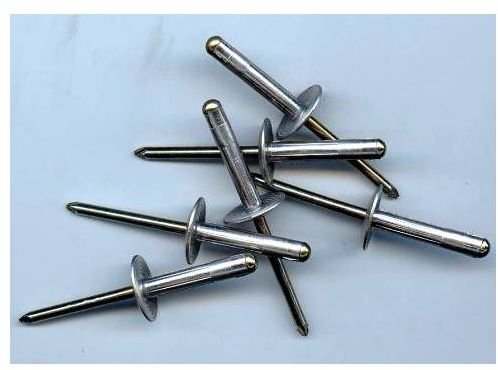

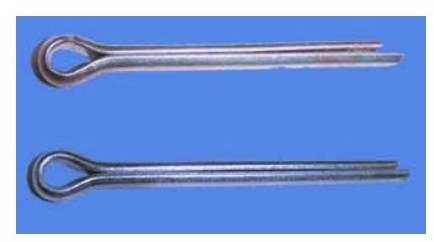
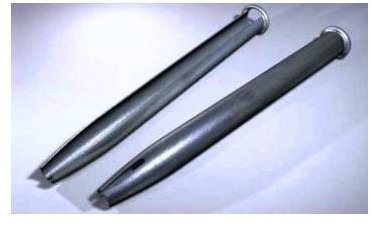
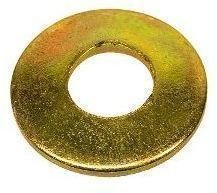
Kinds of fasteners
- A s****crew is a piece consisting of a cylindrical body and a screw head, which can take many forms;
- The nut is shaped like a prism or cylinder and presents a threaded hole. Through this hole, the nut is screwed to the screw;
- The rivet is formed by a cylindrical body and a head. It is manufactured in steel, aluminum, copper or brass. It is used for permanent fixed-tion of two or more pieces;
- Pins join articulated parts. In this type of union, one of the pieces can move by rotation;
- The peg connect parts that are not interconnected;
- The cotter is a rod or wire in a shape similar to that of a half-cylinder, folded so as to make a circular head and has two uneven legs. Place the counter-pin or cotter pins in a hole at the end of a pin or screw and nut castle. Cotter’s legs are turned backwards and thus prevent the output of the pin or nut during vibrations of the clamped parts;
- The washer is a metal disk with a hole in the center and the body of the screw goes through the hole;
- The snap ring is used to prevent displacement of axes. It also serves to position or limit the movement of a piece that slides over a shaft.
